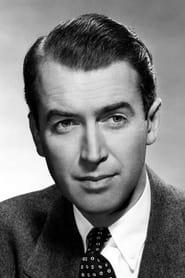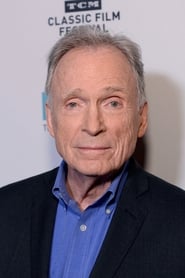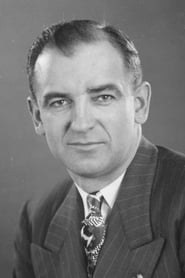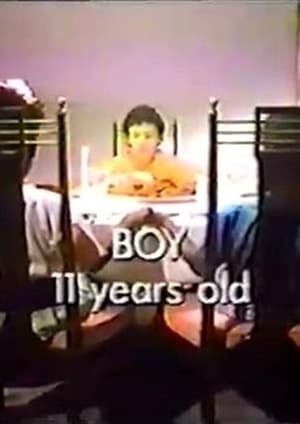
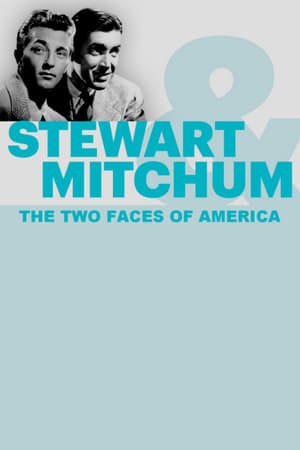
Stewart & Mitchum: The Two Faces of America(2017)
With his naïve air, his rangy and reassuring silhouette, James Stewart symbolizes success, someone who everybody wants to look like. Behind his legendary nonchalance, Robert Mitchum is the figure of the bad boy, the kind-hearted hooligan who anyone would like to have for accomplice. What is the legacy left by these two big myths of the Hollywood cinema and in which way they fed the American dream?

Movie: Stewart & Mitchum: The Two Faces of America
Top 9 Billed Cast
Self
Self
Self

Stewart & Mitchum: The Two Faces of America
HomePage
Overview
With his naïve air, his rangy and reassuring silhouette, James Stewart symbolizes success, someone who everybody wants to look like. Behind his legendary nonchalance, Robert Mitchum is the figure of the bad boy, the kind-hearted hooligan who anyone would like to have for accomplice. What is the legacy left by these two big myths of the Hollywood cinema and in which way they fed the American dream?
Release Date
2017-11-09
Average
6
Rating:
3.0 startsTagline
Genres
Languages:
EnglishKeywords
Recommendations Movies
 5.0
5.0Season in Tyrol(en)
A short look at various seasonal activities offered in the Tyrol region of Austria.
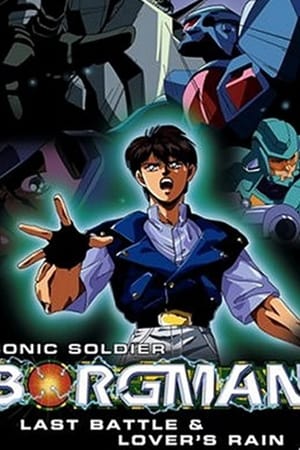 6.6
6.6Sonic Soldier Borgman: Lover's Rain(ja)
Picking up several years after the dissolution of the original Borgman team, this volume reunites the three remaining members--rocket scientist Ryo, his girlfriend Anise, and police officer Chuck Sweager--for the emotionally-driven episode "Lover`s Rain," which finds the trio facing an army of the undead bent on a rampage of murder and destruction.
 6.7
6.7A Very Sonic Christmas(en)
An injured Santa Claus visits Sonic, Tails and Knuckles. As he is unable to deliver presents, he sends Team Sonic out to deliver all the Christmas presents to everyone around the world.
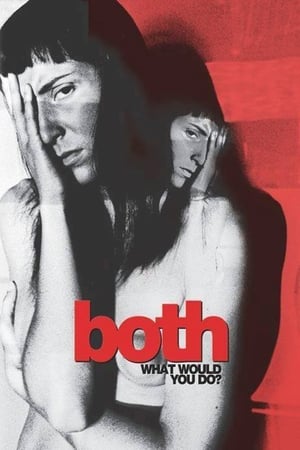 3.9
3.9Both(en)
Rebeca Duarte is a strong woman and resolute bisexual. Drawn to the risk and adrenaline-rush that her job provides, outsiders think Rebeca must have it all together. But Rebeca is still looking for something more. When she receives an unexpected package from an aunt, Rebeca’s neatly wrapped life begins to unravel. The package contains a photo album of her family in Peru, including pictures of her brother, who died before Rebeca could know him. The photos set off memories that cannot be silenced. As she follows the leads, Rebeca learns a truth about herself that shakes her to the core: the brother she was always told about was, in fact, herself. Rebeca learns of her childhood diagnosis as a hermaphrodite and the ensuing surgery that turned her “officially” into a girl. A compelling and skillful telling of a necessary story, BOTH is based on the experiences of the filmmaker as well as those of many other intersex adults.
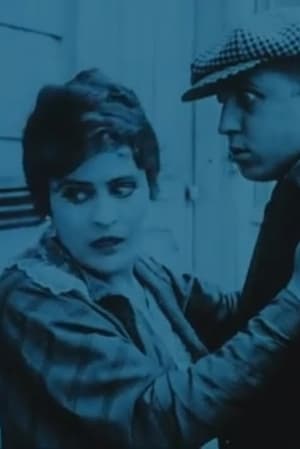 5.0
5.0The Good in the Worst of Us(en)
Crime drama where Minnie's past overtakes her. She flees Jim to escape his bad influence. Jim shoots a man down in a burglary and demands that Minnie helps him flee.
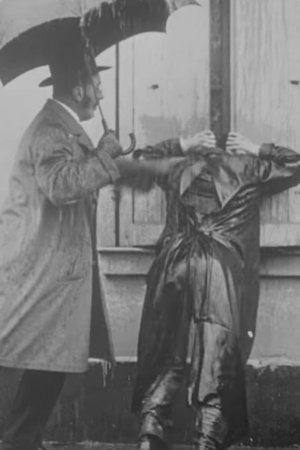 4.0
4.0Haunting Gratitude(fr)
Flippie Brom is saved when he wants to commit suicide. He is given an umbrella and money. He is so grateful to the donor that he follows him - to great annoyance of the donor. To get rid of Flippie, the donor even tries to drown him. Finally Flippie is run over and loses his lower legs. The donor runs away with the lower legs. But even crawling, Flippie finds him again.
 8.4
8.4Michael Lives Alone(en)
A young photographer's home is haunted by it's former residents.
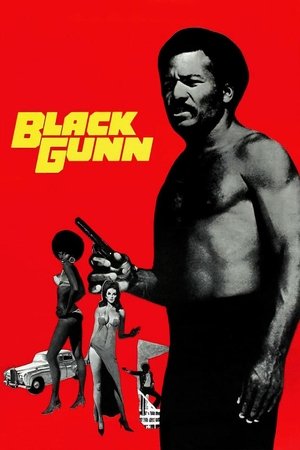 6.0
6.0Black Gunn(en)
A successful and popular nightclub owner who believes financial independence is the path to equality and success, must act as a go-between for militant-minded brother and the white gang syndicate his brother has attacked and robbed. Their involvements lead to a breathless race course chase, the destruction of a dopepusher and a violent waterfront climax.
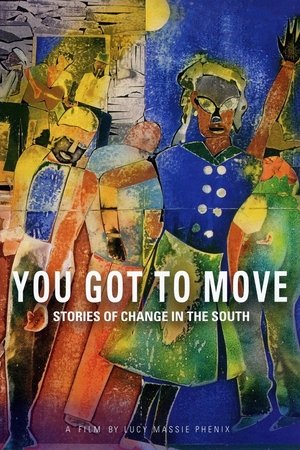 7.0
7.0You Got to Move(en)
A documentary that follows people from communities in the Southern United States in their various processes of becoming involved in social change, with special emphasis on the work the
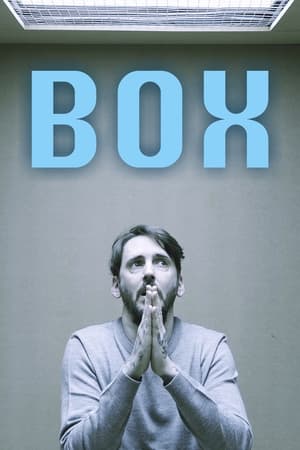 6.2
6.2Box(en)
The execution was scheduled and the last meal consumed. The coolness of the poisons entering the blood system slowed the heart rate and sent him on the way to Judgement. He had paid for his crime with years on Death Row waiting for this moment and now he would pay for them again as the judgment continued..
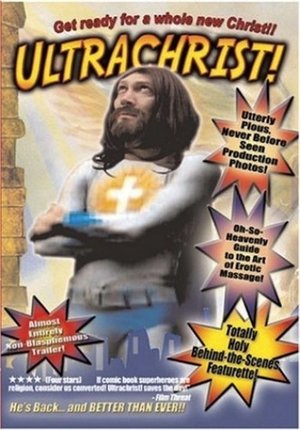 3.2
3.2Ultrachrist!(en)
What would Jesus do if he returned to Earth and discovered he could no longer relate to the youth of today?
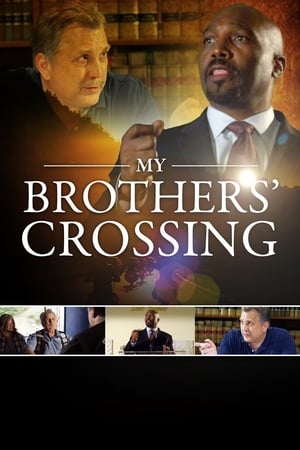 6.7
6.7My Brothers' Crossing(en)
My Brothers' Crossing is the true story about a tragic accident that happened in August 2015. In remote southwest Virginia, during the time when we were experiencing riots and racial hate crimes, an African-American man is involved in a horrific accident which claims the lives of Bobby and Pam Clark—a Caucasian couple. What followed was a community rising up, blind to our different heritages, to heal and show incredible forgiveness in the wake of this tragedy.
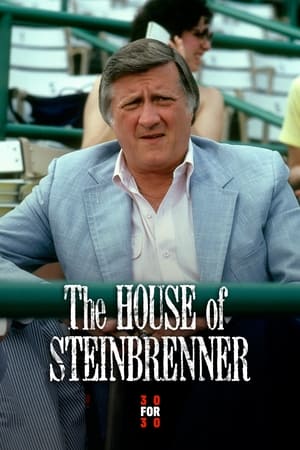 5.5
5.5The House of Steinbrenner(en)
Love them or hate them, the Yankees dominated baseball for more than four decades, then sagged under ownership by CBS until a 42-year-old shipbuilder named George Steinbrenner led a purchase of the team in 1973. He turned that $10m investment into a billion-dollar business, and the 'House that Ruth Built' inspired generations of fans. Deteriorating facilities and changing revenue streams inspired Steinbrenner to build an impressive new stadium marking the end of one grand era and the beginning - perhaps - of another.
 5.7
5.7Murder on D Street(ja)
A soba restaurant owner dies mysteriously on D. Street. The police rule it as a suicide, but detective Akechi Kogoro and his wife Fumiyo think otherwise and launch their own investigation. As they delve deeper, they discover relationships twisted by perverted desire and hideous affection and hatred.
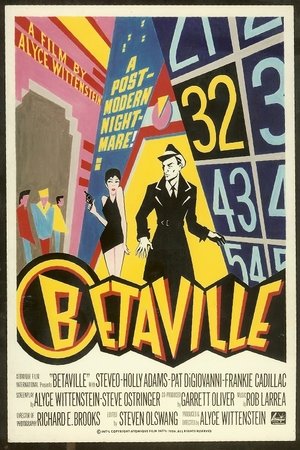 4.7
4.7Betaville(en)
After returning home, Coman Gettme discovers that his hometown has come to be governed strictly by fashion.
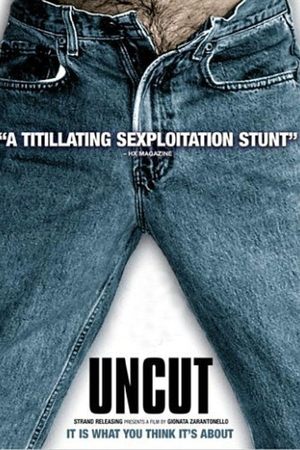 5.1
5.1UnCut: Member Only(it)
A man stuck at home with a fractured pelvis tries every means possible to attract a woman into his bed, among them a beautiful policewoman investigating the disappearance of the young man's fiancée. The single camera, ostensibly mounted at the foot of the bed so the doctors can keep an eye on his leg injury, is focused on the man's penis, which, as his face is never shown, must do all the acting in one single uncut shot.
 5.0
5.0Duerrenwaid 8(de)
An animated documentary that fuses stories of a house, a garden and a stream, and also beehives and huts in the forest.
Similar Movies
 0.0
0.0A Look at the World of 'Soylent Green'(en)
This promotional short film for "Soylent Green" (1973) begins by showing clips of films that depicted what the future might be like beyond Earth. The narrator then discusses the origin of the idea depicted in "Soylent Green." Director Richard Fleischer and star Charlton Heston discuss how an upcoming crowd scene will be filmed. Then we see what happens when the crowd riots because there is not enough food available to be distributed to everyone. "Soylent Green" was Edward G. Robinson's 101st (and, as it turned out, his last) feature film. During a break in filming, the cast and crew hold a ceremony celebrating the first film of his "second hundred," and Robinson makes appreciative remarks to the crowd. Studio head Jack L. Warner and friend George Burns are among those in attendance.
 0.0
0.0David Lean: A Self Portrait(en)
A television documentary on the life and career of British film director David Lean. Scenes of Lean directing are intercut with personal interviews in which the director explains his methods, the beginnings of his career, and his relationships with actors and actresses.
 6.0
6.0Clawing! A Journey Through the Spanish Horror(es)
In the late sixties, Spanish cinema began to produce a huge amount of horror genre films: international markets were opened, the production was continuous, a small star-system was created, as well as a solid group of specialized directors. Although foreign trends were imitated, Spanish horror offered a particular approach to sex, blood and violence. It was an extremely unusual artistic movement in Franco's Spain.
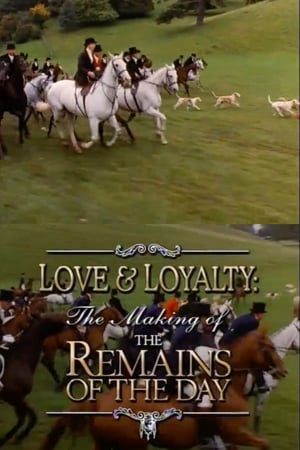 6.0
6.0Love & Loyalty: The Making of 'The Remains of the Day'(en)
The filmmakers and lead actors of The Remains of the Day (1993) discuss how they came to make the film, and the subtle power of its execution.
Advance Australian Film(en)
It's been 20 years since an Australian film has reached number one at the yearly Box Office and our films have consistently grossed under 5% for the years. So what can we do to make a change?
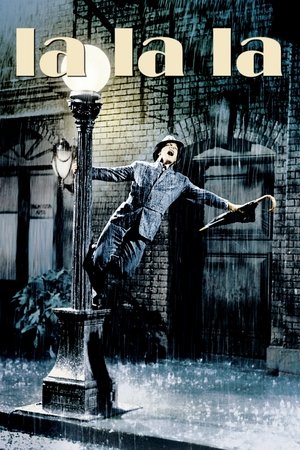 7.2
7.2La La La(fr)
When the silent cinema learned to speak, the audience was surprised not only by the voices of the actors and the sound effects, but also by a new element, the music, which, combined with the dance and an unprejudiced imagination, gave rise to a new genre, as important to Hollywood cinema as the western was: the musical. A journey through the history of this genre, from its beginnings to the present day.
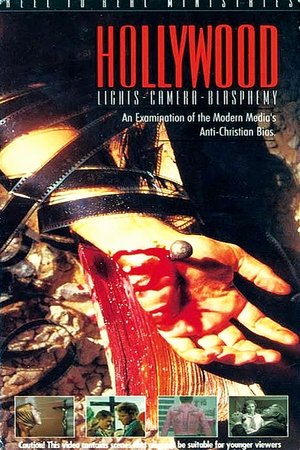 0.0
0.0Hollywood: Lights, Camera, Blasphemy!(en)
"No film may throw ridicule on any religious faith..." So began Article VIII of the Hollywood Production Code, a series of ethical guidelines that for forty years helped the motion picture industry produce many of the greatest and most family-friendly films in history. That was then, however, this is now. A revered "historical" movie quietly takes every opporturnity to lie and twist the facts in order to make Christians appear as backward, foolish hypocrites. An actress jumps at the chance to play a Christ-hating role, saying, "I'm an atheist, so it was a joy." One of Hollywood's most respected directors films a passion play written by a disciple of Friedrich Nietzsche, the father of the "God is dead" movement. Not surprisingly, the movie's Jesus helps crucify people and later confesses that satan is inside him. A media mogul states that "Christianity is a religion for losers."
 7.5
7.5Boundless(cn)
As Hong Kong's foremost filmmaker, Johnnie To himself becomes the protagonist of this painstaking documentary exploring him and his Boundless world of film. A film student from Beijing and avid Johnnie To fan, Ferris Lin boldly approached To with a proposal to document the master director for his graduation thesis. To agreed immediately and Lin's camera closely followed him for over two years, capturing the man behind the movies and the myths. The result is Boundless, a candid profile of one of Hong Kong's greatest directors and a heartfelt love letter to Hong Kong cinema.
 10.0
10.0Pagan Invasion, Vol. 13: Doorways To Satan(en)
The dawn of the 21st Century has found much of modern society obsessed with occult mysteries, sadistic violence, and evil. Everything from cartoons and video games to recorded music and major theatrical films are being designed and promote to "satisfy" the public's insatiable lust for the macabre. Most disturbing is the rise in the practice of Satanism. Law enforcement agencies are unable to keep up with the increasing numbers of heinous, Satanically inspired crimes. Basically a remake of Devil Worship: The Rise of Satanism (1989) using the same footage.
 8.0
8.0Cannes : Palmes, scandales et tapis rouge(fr)
How could the Cannes Film Festival become the biggest cinema event in the world? For 75 years, Cannes has succeeded in this prodigy of placing cinema, its sometimes paltry splendors but also its requirements of great modern art, at the center of everything, as if, for ten days in May, nothing was more important than it. This film tells how Cannes has become the largest film festival in the world by opening up to cinematic modernity while never forgetting that cinema remains a performing art, a popular art.
 5.2
5.2Au Hasard Bresson(de)
In 1966, German film critic Theodor Kotulla — who would go on to become one of the New German Cinema's most uncompromising filmmakers — visited the set of Robert Bresson's "Mouchette" (1967) and created this half-hour documentary about the director. It won the 1967 German Film Award for best short documentary.
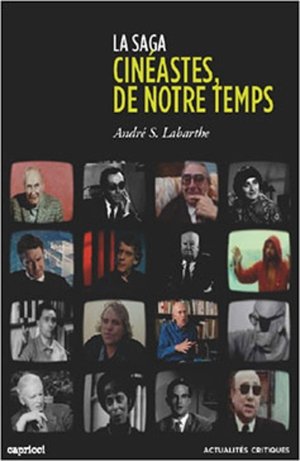 4.0
4.0Cinéastes de notre temps : Max Ophuls ou la ronde(fr)
A 1965 episode of the French television program Cinéastes de notre temps, featuring interviews with many of film director Max Ophuls’s collaborators
 0.0
0.0Afro Promo(en)
Co-curated by Jenni Olson and the late Black gay activist Karl Knapper, this entertaining showcase of vintage movie trailers traces the evolution of African American cinema through its most crucial period, 1952-1976. Filled with insights on race and social dynamics, this fascinating compendium of coming attractions explores an extensive range of stylistic approaches—Blaxploitation, Comedy, Music Bio, Plantation Drama and more—offering an outrageous joyride through motion picture history. Beyond mere camp, these marvelously condensed gems crystallize a range of African American identities and personalities, tracking the meteoric careers of Sidney Poitier, James Earl Jones, Billy Dee Williams, Richard Pryor, Pam Grier and others through their bold performances in movies both hugely popular and practically forgotten. Afro Promo provides a compact glimpse at the representation of African Americans through twenty-five dynamic years of American cinema history.
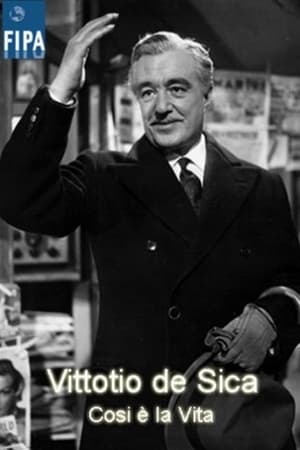 6.0
6.0That's Life: Vittorio De Sica(it)
Documentary about the life and career of Italian film director Vittorio De Sica.
Auge in Auge - Eine deutsche Filmgeschichte(de)
This is not merely another film about cinema history; it is a film about the love of cinema, a journey of discovery through over a century of German film history. Ten people working in film today remember their favourite films of yesteryear.
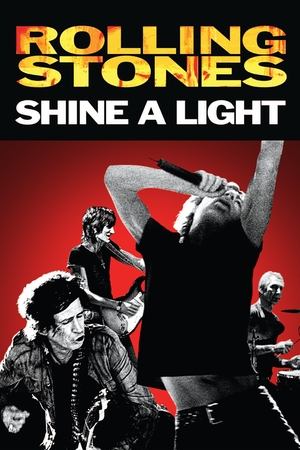 6.8
6.8Shine a Light(en)
Martin Scorsese and the Rolling Stones unite in "Shine A Light," a look at The Rolling Stones." Scorsese filmed the Stones over a two-day period at the intimate Beacon Theater in New York City in fall 2006. Cinematographers capture the raw energy of the legendary band.
The Birth of Children of Paradise(de)
Documentary about the making of Marcel Carne's 1945 film Children of Paradise (France), interviewing the director, the actors and production designer, as well as other French directors.
 0.0
0.0Cesare Zavattini(it)
Documentary about Italian film screenwriter Cesare Zavattini
 7.0
7.0Chishu Ryu and Shochiku's Ofuna Studio(ja)
Documentary about the life and career of Japanese actor Chishu Ryu.
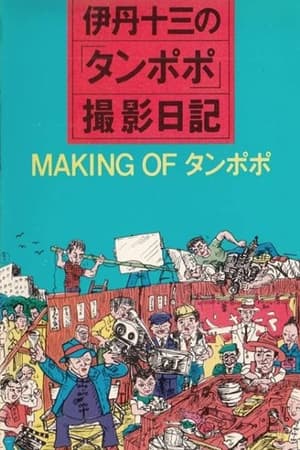 0.0
0.0The Making of "Tampopo"(ja)
Documentary about the making of Juzo Itami's film "Tampopo" (1985).
